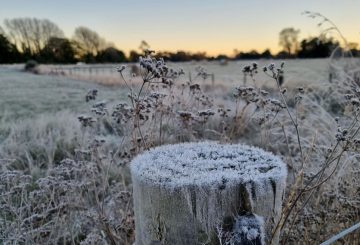一项可持续管理罗托鲁瓦市地热资源的计划已获得批准。罗托鲁瓦地热系统管理计划是地区委员会的一项政策,旨在监督该市的地热系统的管理。它还将在今年晚些时候为区域自然资源计划和罗托鲁瓦地热区域计划的变更提供信息。
这些变化是定期审查过程的一部分,旨在明确应如何使用罗托鲁瓦的地热资源。地区委员会战略与科学总经理纳穆塔·普塔西说,地热资源对罗托鲁瓦的环境、文化、社会和经济至关重要,因此需要仔细的监测和管理。
该计划概述了如何保护地热系统,该系统目前健康但脆弱,很容易受到使用、气候和水开采的影响。它还旨在保护温泉、泥池和间歇泉等独特特征。
该计划历时五年制定,征求了当地社区的意见,并成立了一个名为Te Ahi Kar Roa Roopu的工作组。该小组由来自不同地区的代表组成,与地区委员会合作制定该计划。
该计划已于2023年底至2024年初敲定并发布,以获得更广泛的反馈。它收到了26份来文,其中9个个人和团体向听证小组提交了意见。该小组就该计划的总体方针和保护地热系统的必要性达成了共识。
该计划获得批准后,地区委员会现在将重点实施该计划,并就区域自然资源计划和罗托鲁瓦地热区域计划的修改草案进行磋商。在2024年晚些时候,即在2025年正式的计划变更通知程序开始之前,将就这些问题进行磋商。





























































